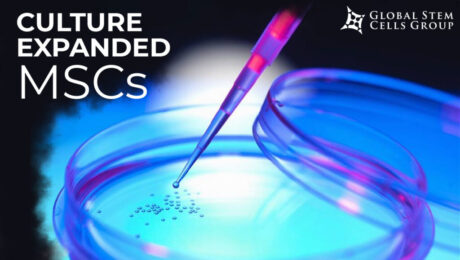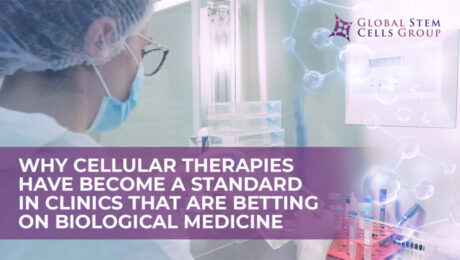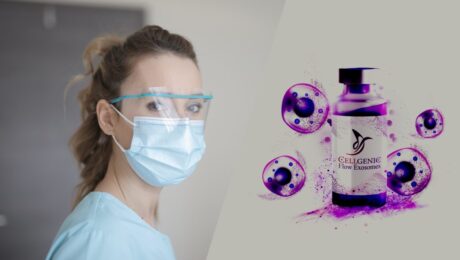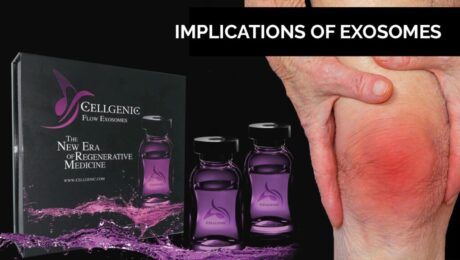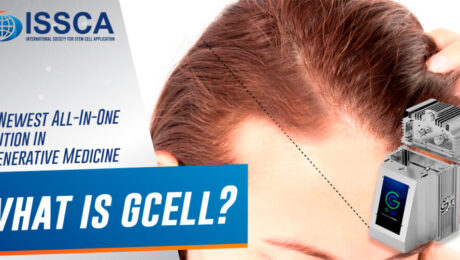Exosome therapy is the new buzz in the regenerative medicine industry because of how it can repair and regenerate your cells and tissues. Exosome therapy is safer compared to other cellular therapy because it’s a cell-free therapy with no risk of rejection. Exosome therapy will be beneficial to you if you’re dealing with conditions such
Mesenchymal Stem Cells (MSCs) are the most commonly used cells in stem cell therapy and regenerative medicine, due to their high and multi-potency. Mesenchymal Stem Cells (MSCs) can be isolated from different tissues in the body. In this article, you’ll be learning about culture-expanded MSCs, how MSCs can be expanded, The potency of MSCs and
Cellular therapy is fast becoming a standard therapy in many regenerative clinics today. Many doctors are no longer questioning the safety and effectiveness of stem cell therapy. This is because various stem cell studies are already describing the benefits of stem cells for patients who are living with chronic and autoimmune health conditions. This article
Cellgenic has worked closely with physicians all around the world for over a decade, and in working shoulder to shoulder with the rest of the medical community, we’ve gotten a feel for what we feel their main grievances are when incorporating regenerative medicine into their practice. We’ve found that primarily, the largest hurdles have been
As the newest field to regenerative medicine, it’s often exosomes therapy the least understood by those doctors newer to the field. While still not in use by many doctors, this is simply because it is new to the field. This is because many scientists are practically rabid to harnessthe benefits of this new treatment and
Are you a physician that is currently utilizing adipose tissue, but is growing tired of the time-consuming, arduous procedure? Are you having problems finding reagents that allow you to isolate stem cells? If so, GCell might be the solution for you. What is GCell? GCell is a revolutionary new machine that holds the potential to
Complete Guide Of The PRP Injections Is it harmful to patients to try the platelet-rich plasma in sports? Well, the majority of the doctors do not think so. Results prove that the majority of the cases provide positive results. But, a lot of research is still needed to prove whether the PRP therapy is suitable
Good News For Physicians As Demand Is Growing To Provide Stem Cell Therapie These days, the demand for stem cell treatments has increased rapidly. The majority of the people who are in favor of stem cell therapy are patients suffering from orthopedic and degenerative diseases. These problems cannot be treated by any traditional treatment. Tired
Why Is The Adipose Stem Cells Therapy So Famous? The medical field is changing at a rapid pace. The major reason behind this is that physicians have now discovered a rich amount of stem cells in a patient’s fat tissues. This has changed everything the doctors thought they understood about stem cell therapy. Now, adipose
Stem Cells VS PRP, Which One is More Suitable The whole orthopedic field is trying to figure out ways that help in saving more and more lives. At the moment, only two ways are attracting the eye: Stem cell therapy and PRP (Platelet-Rich Plasma) therapy. Now, a lot of experts believe that PRP therapy is




